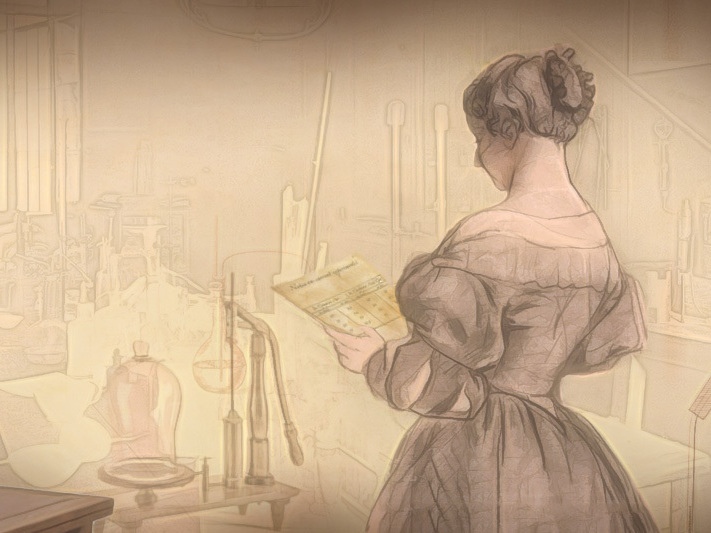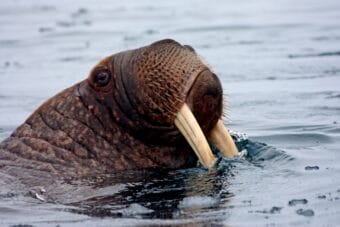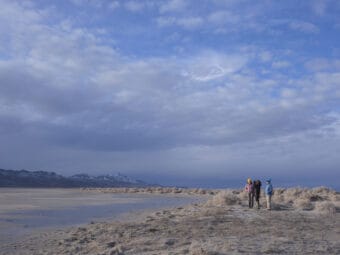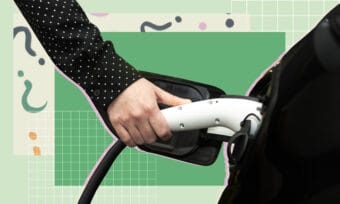
Today, most climate science is done with satellites, sensors and complicated computer models. But it all started with two glass tubes.
“A woman, about 170 years ago, used a very simple experimental setup – two glass tubes, two thermometers, an air pump – and was able to demonstrate that if you add carbon dioxide to the atmosphere, you warm it up. It’s basic physics,” says Annarita Mariotti, a climate scientist and program director of Modeling, Analysis, Predictions, and Projections at the National Oceanographic and Atmospheric Administration.
Eunice Foote, the woman behind that glass tube experiment, has largely been left out of the history books. Until about 10 years ago, John Tyndall was seen as the grandfather of climate science for setting the foundation for the understanding of the greenhouse gas effect. But Foote’s experiment, done three years prior, showed that air with more “carbonic acid,” or carbon dioxide, both heated up faster and cooled down slower than regular air.
“She actually did some really important work before John Tyndall even got going. So why was there this grandmother of climate science that had essentially been written out of the history books?” asks Katharine Wilkinson, a climate scientist and the executive director of The All We Can Save Project. “Some of the frustration is that her story is still all too relevant today, that there are still far too many women doing really important work that either flies under the radar or gets shoved under the radar.”
Foote’s study was relatively straightforward. In a series of experiments, she took two glass containers full of air and would pump different gasses – including carbon dioxide and water vapor – into one of the containers. She would then leave those containers in the sun and monitor how quickly they heated up and cooled down in the shade.
Her work was presented in 1856, at the annual meeting of the American Association for the Advancement of Science. It was the first work done by a woman to be presented at the conference – though she did not give the presentation herself. Rather, it was done by physicist and first secretary of the Smithsonian, Joseph Henry.
But Foote didn’t just pioneer the field of climate science. Mariotti says, “She opened doors for women in science and in general broader representation in sciences … She did not have a Ph.D. and she did not have sophisticated experimental set up. And still she did it.”
Foote was a pioneer in more ways than one. She was the first woman in the United States to publish papers on physics; she also advocated for women’s rights outside of academia. Foote helped organize the Seneca Falls Convention, which launched the women’s suffrage movement in the U.S. “There was something sort of intersectional, perhaps, in her thinking in her life,” Wilkinson says. “If we are not bringing critical lenses to understand the root causes of the climate crisis, if we’re not bringing critical lenses to understanding the need to embed equality and justice in the solutions to the climate crisis, we’re not going to get to a good outcome … There’s early seeds of that in Eunice’s story as well.”
Listen to Short Wave on Spotify, Apple Podcasts and Google Podcasts.
This episode was produced by Liz Metzger, edited by Rebecca Ramirez and fact-checked by Anil Oza. The audio engineer was Robert Rodriguez.
Copyright 2023 NPR. To see more, visit https://www.npr.org.9(MDEwMjQ0ODM1MDEzNDk4MTEzNjU3NTRhYg004))



